Two new theories propose dark matter either formed in a “mirror” universe or emerged from the cosmic horizon’s quantum radiation during the early universe.
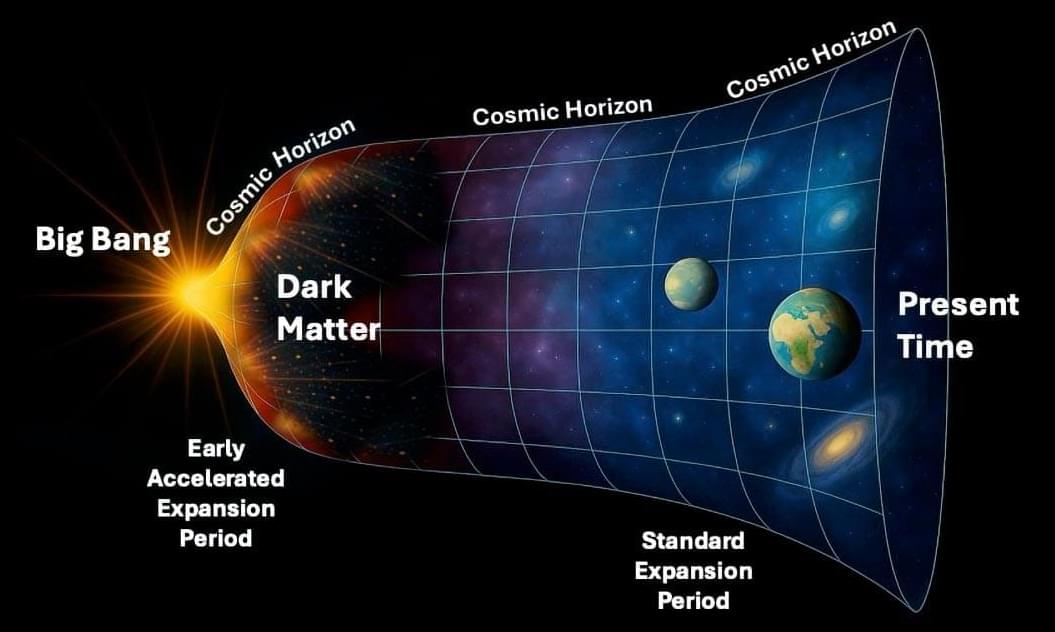

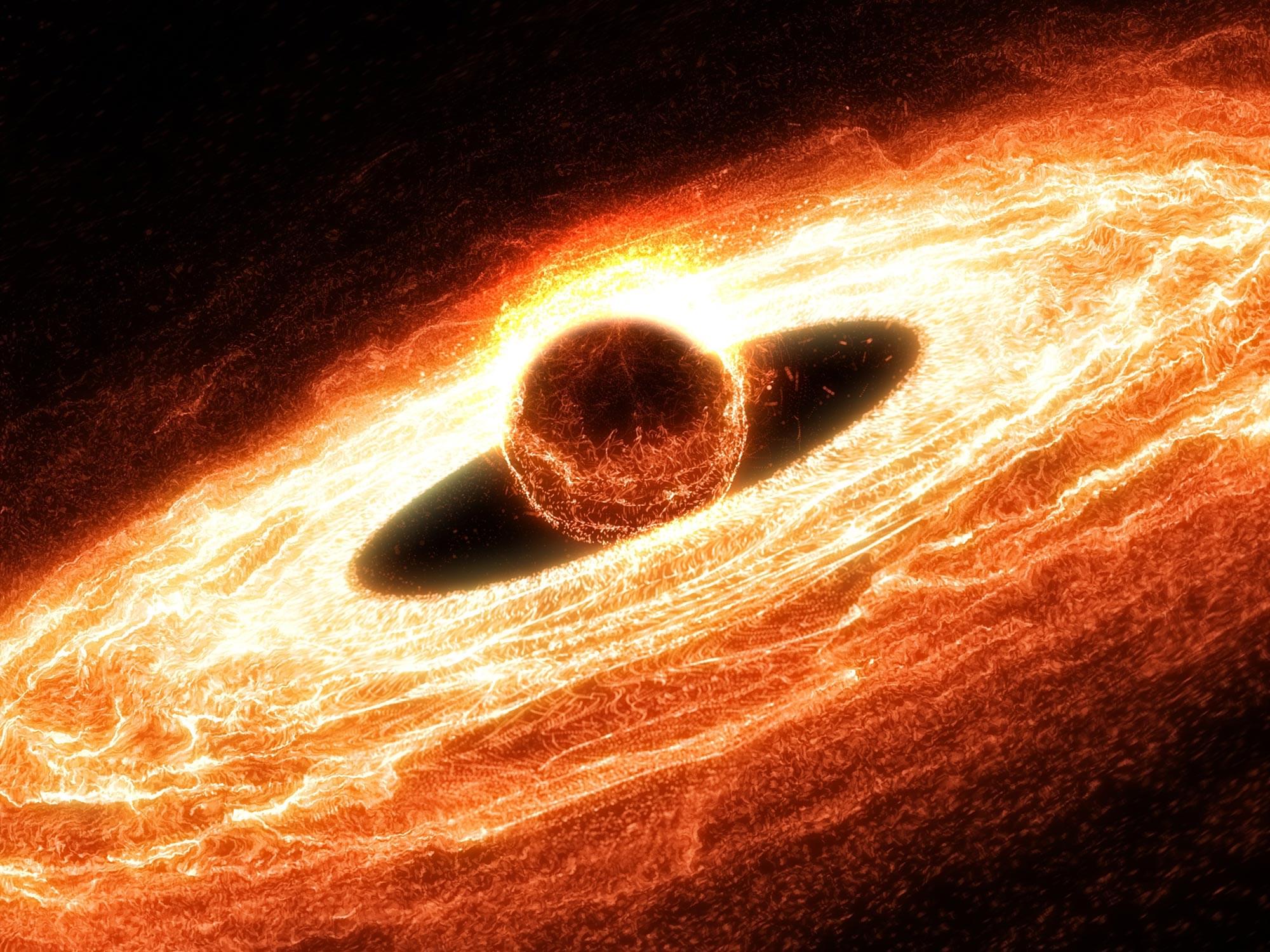
Renowned Caltech physicist John Preskill joins Brian Greene for an in-depth discussion of quantum mechanics, focusing on where we are and where we’re headed with quantum computing.
This program is part of the Big Ideas series, supported by the John Templeton Foundation.
Participant: John Preskill.
Moderator: Brian Greene.
0:00:00 — Introduction.
0:01:33 — Are There Still Quantum Mysteries?
0:03:32 — Three Pillars of Quantum Mechanics.
0:05:25 — Einstein and Quantum Entanglement.
0:14:51 — Quantum Weirdness and Relativity.
0:17:46 — The Measurement Problem.
0:28:29 — Intro to Quantum Computing.
0:40:28 — Why Preskill Switched Fields.
1:00:51 — What is Quantum Error Correction?
1:15:30 — Quantum Supremacy.
1:23:07 — Can Quantum Systems Impact Society?
1:27:19 — The Black Hole Diary Thought Experiment.
1:31:14 — The Black Hole Bet with Stephen Hawking.
1:38:44 — What We Still Don’t Understand About Black Holes.
1:41:03 — From Baseball Cards to Quantum Physics.
1:45:12 — Credits.
VISIT our Website: http://www.worldsciencefestival.com.
FOLLOW us on Social Media:
Facebook: / worldsciencefestival.
Twitter: / worldscifest.
Instagram: / worldscifest.
TikTok: / worldscifest.
LinkedIn: / world-science-festival.
#worldsciencefestival #briangreene #cosmology #astrophysics
Use my code SABINE at https://displate.com/@sabine get 1 Displates for 23% off & 2–3 Displates for 27% off, and 4 or more for Displates for 33% off!
(*Not applicable on Lumino, Textra and Limited Edition).
Gravitational memory is the idea that gravity’s ability to duplicate information from other forces should somehow store that information in certain masses. A group of physicists has now published a series of papers claiming that this idea might solve the black hole information loss problem and explain dark matter. Really? Let’s take a look.
🤓 Check out my new quiz app ➜ http://quizwithit.com/
📚 Buy my book ➜ https://amzn.to/3HSAWJW
💌 Support me on Donorbox ➜ https://donorbox.org/swtg.
📝 Transcripts and written news on Substack ➜ https://sciencewtg.substack.com/
👉 Transcript with links to references on Patreon ➜ https://www.patreon.com/Sabine.
📩 Free weekly science newsletter ➜ https://sabinehossenfelder.com/newsletter/
👂 Audio only podcast ➜ https://open.spotify.com/show/0MkNfXlKnMPEUMEeKQYmYC
🔗 Join this channel to get access to perks ➜
https://www.youtube.com/channel/UC1yNl2E66ZzKApQdRuTQ4tw/join.
#science #sciencenews #physics #gravity
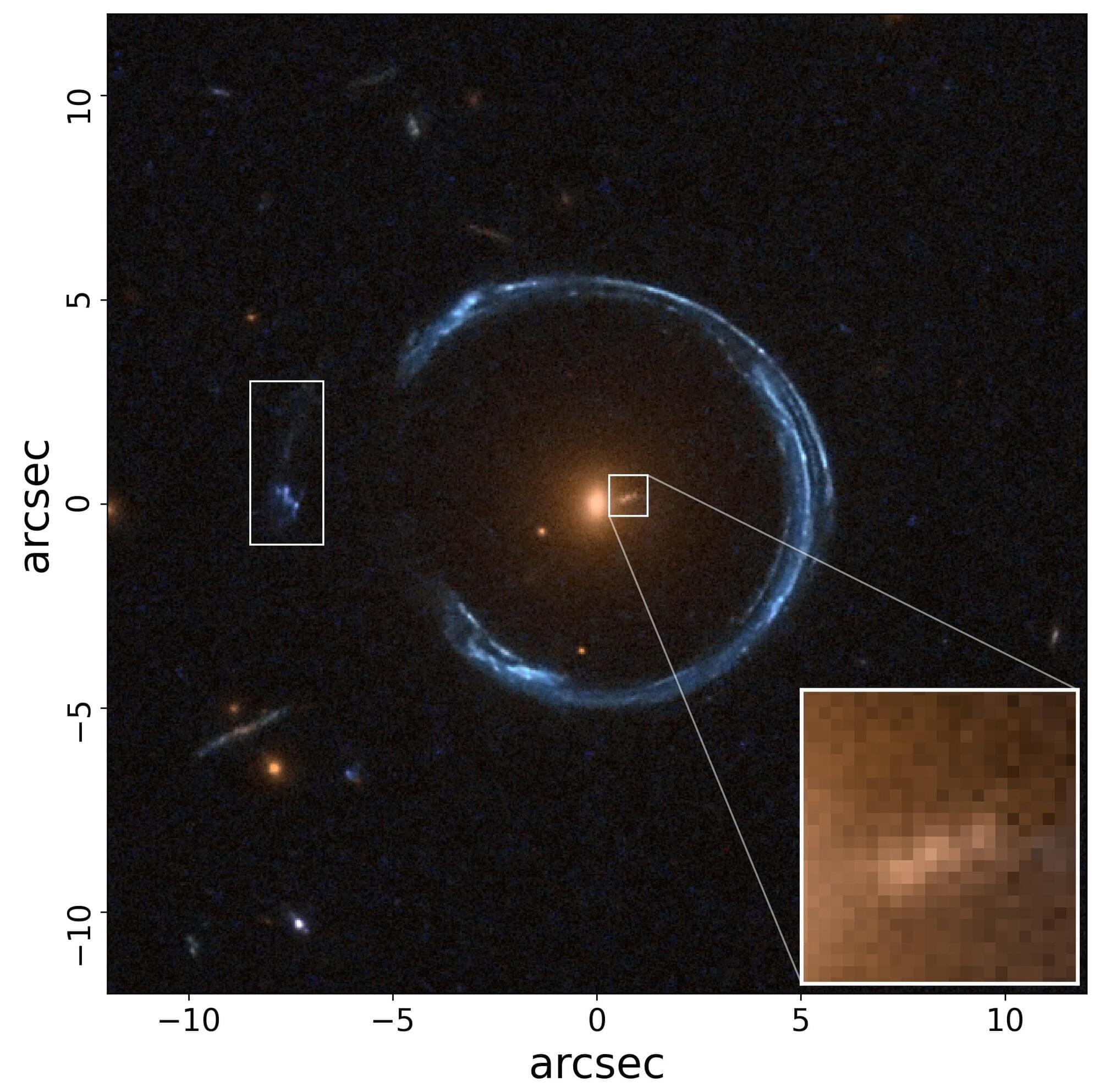
Astronomers have discovered potentially the most massive black hole ever detected. The cosmic behemoth is close to the theoretical upper limit of what is possible in the universe and is 10,000 times heavier than the black hole at the center of our own Milky Way galaxy.
It exists in one of the most massive galaxies ever observed—the Cosmic Horseshoe—which is so big it distorts spacetime and warps the passing light of a background galaxy into a giant horseshoe-shaped Einstein ring.
Such is the enormousness of the ultramassive black hole’s size, it equates to 36 billion solar masses, according to a new paper published today in Monthly Notices of the Royal Astronomical Society.
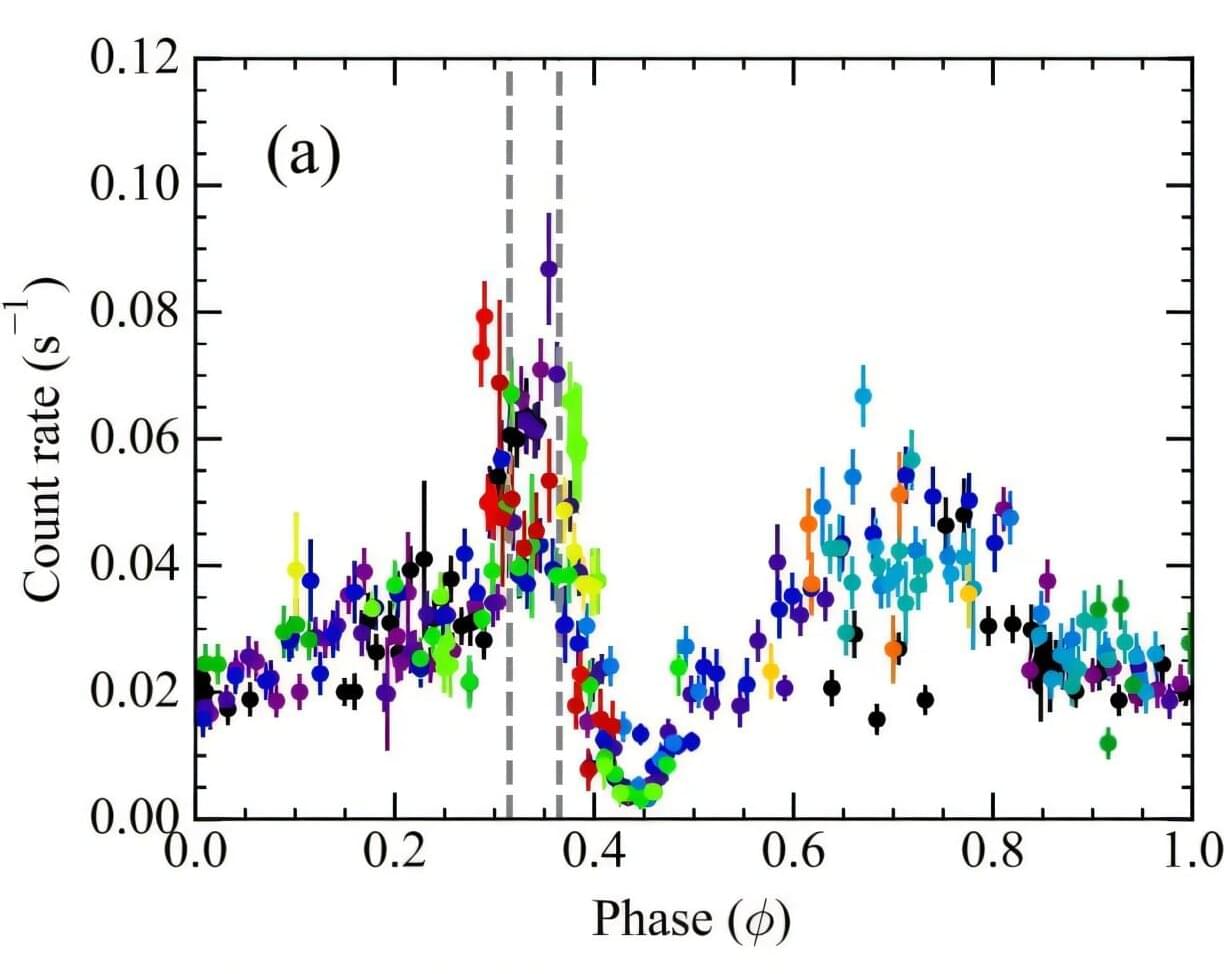
An international team of astronomers has performed multiwavelength observations of a gamma-ray binary system known as HESS J0632+057. Results of the observational campaign, presented July 31 on the pre-print server arXiv, shed more light on the nature of this binary.
Gamma-ray binaries consist of a massive OB-type star in orbit with a compact object like a neutron star or black hole. Some of them emit a significant amount of radiation in very high-energy (TeV) and are therefore known as TeV gamma-ray binaries (TGBs).
TGBs exhibit diverse high-energy phenomena driven by interactions between the two components. Given that these sources are extremely rare, astronomers are especially interested in exploring them in detail, which could help us better understand their mysterious nature.
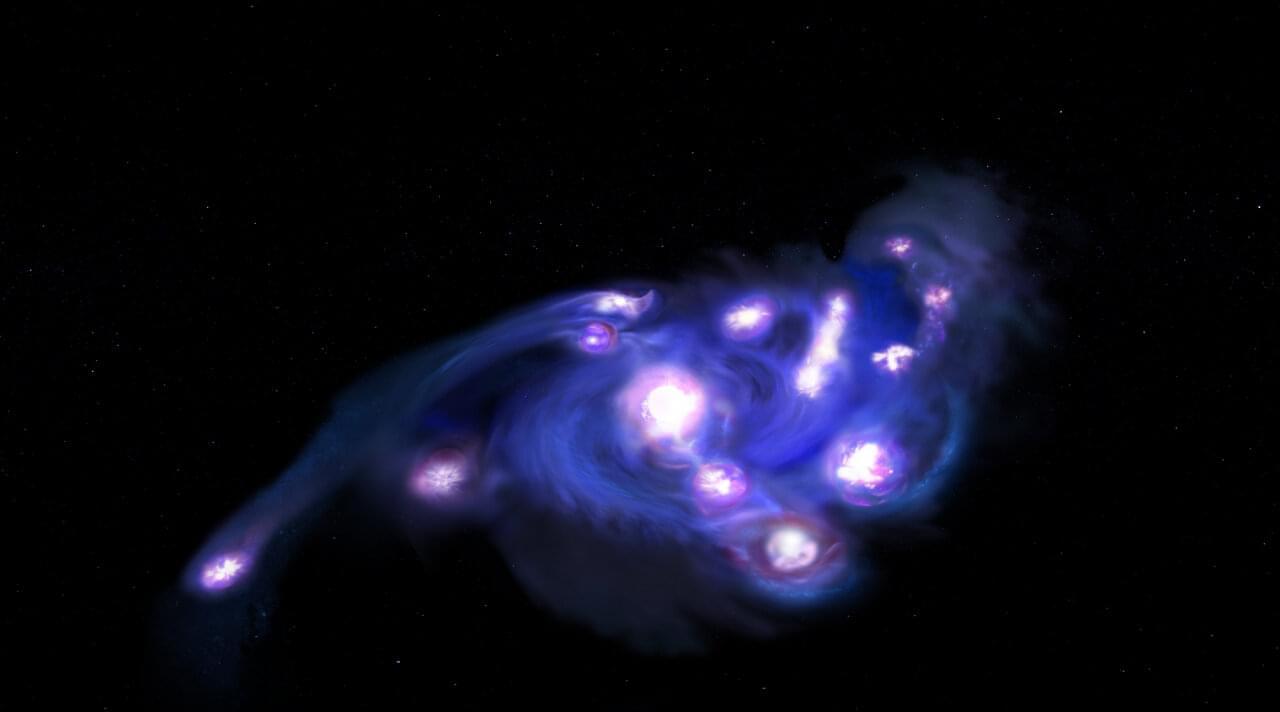
Astronomers have discovered a remarkably clumpy rotating galaxy that existed just 900 million years after the Big Bang, shedding new light on how galaxies grew and evolved in the early universe. Nicknamed the “Cosmic Grapes,” the galaxy appears to be composed of at least 15 massive star-forming clumps—far more than current theoretical models predict could exist within a single rotating disk at this early time.
The discovery, published in Nature Astronomy, was made possible by an extraordinary combination of observations from the Atacama Large Millimeter/submillimeter Array (ALMA) and the James Webb Space Telescope (JWST), all focused on a single galaxy that happened to be perfectly magnified by a foreground galaxy cluster through gravitational lensing. In total, more than 100 hours of telescope time were dedicated to this single system, making it one of the most intensively studied galaxies from the early universe.
Although the galaxy had appeared as a smooth, single disk-like object in previous Hubble images, the powerful resolution of ALMA and JWST, enhanced by gravitational lensing, revealed a dramatically different picture: a rotating galaxy teeming with massive clumps, resembling a cluster of grapes. The finding marks the first time astronomers have linked small-scale internal structures and large-scale rotation in a typical galaxy at cosmic dawn, reaching spatial resolutions down to just 10 parsecs (about 30 light-years).
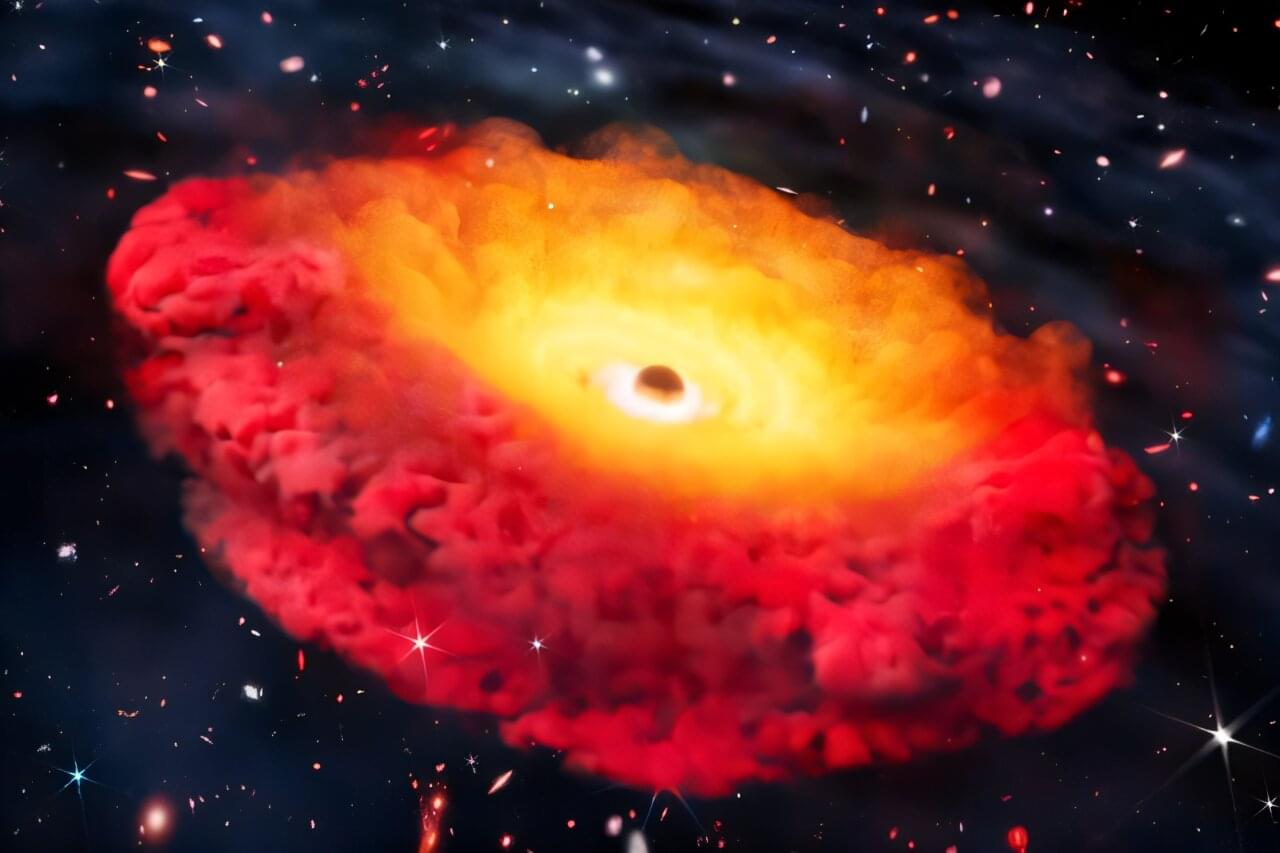
An international team of astronomers, led by The University of Texas at Austin’s Cosmic Frontier Center, has identified the most distant black hole ever confirmed. It and the galaxy it calls home, CAPERS-LRD-z9, are present 500 million years after the Big Bang. That places it 13.3 billion years into the past, when our universe was just 3% of its current age. As such, it provides a unique opportunity to study the structure and evolution of this enigmatic period.
“When looking for black holes, this is about as far back as you can practically go. We’re really pushing the boundaries of what current technology can detect,” said Anthony Taylor, a postdoctoral researcher at the Cosmic Frontier Center and lead on the team that made the discovery.
The research is published in The Astrophysical Journal.
Physicist and computer scientist Stephen Wolfram explores how simple rules can generate complex realities, offering a bold new vision of fundamental physics and the structure of the universe.
Stephen Wolfram is a British-American computer scientist, physicist, and businessman. He is known for his work in computer algebra and theoretical physics. In 2012, he was named a fellow of the American Mathematical Society. He is the founder and CEO of the software company Wolfram Research, where he works as chief designer of Mathematica and the Wolfram Alpha answer engine.
Watch more CTT Chats here: https://t.ly/jJI7e
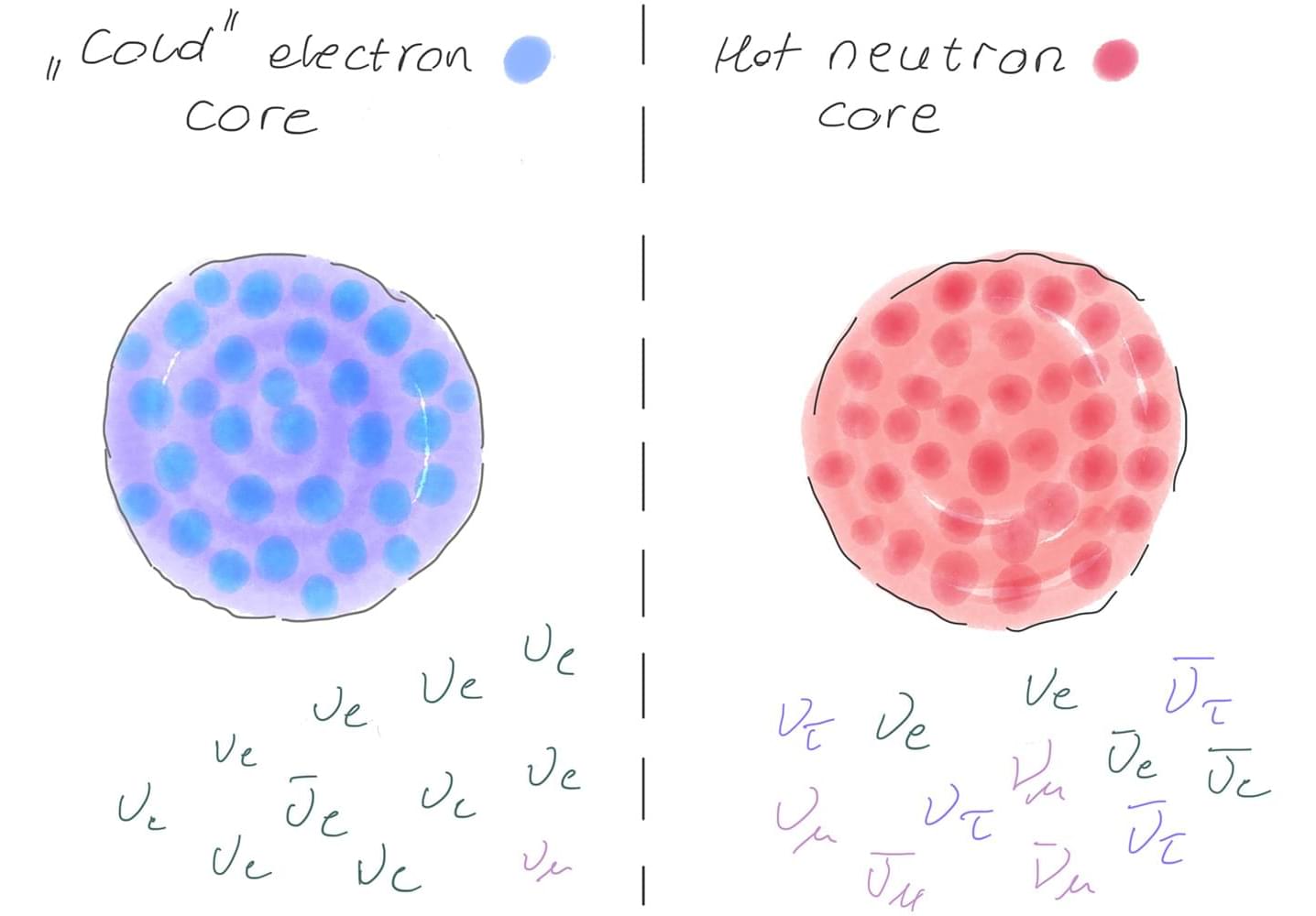
Neutrinos are cosmic tricksters, paradoxically hardly there but lethal to stars significantly more massive than the sun. These elementary particles come in three known “flavors”: electron, muon and tau. Whatever the flavor, neutrinos are notoriously slippery, and much about their properties remains mysterious. It is almost impossible to collide neutrinos with each other in the lab, so it is not known if neutrinos interact with each other according to the standard model of particle physics, or if there are much-speculated “secret” interactions only among neutrinos.
Now a team of researchers from the Network for Neutrinos, Nuclear Astrophysics, and Symmetries (N3AS), including several from UC San Diego, have shown, through theoretical calculations, how collapsing massive stars can act as a “neutrino collider.” Neutrinos steal thermal energy from these stars, forcing them to contract and causing their electrons to move near light speed. This drives the stars to instability and collapse.
Eventually the collapsing star’s density becomes so high that the neutrinos are trapped and collide with each other. With purely standard model interactions, the neutrinos will be mostly electron flavor, the matter will be relatively “cold,” and the collapse will likely leave a neutron star remnant. However, secret interactions that change neutrino flavor radically alter this scenario, producing neutrinos of all flavors and leading to a mostly neutron “hot” core that may lead to a black hole remnant.